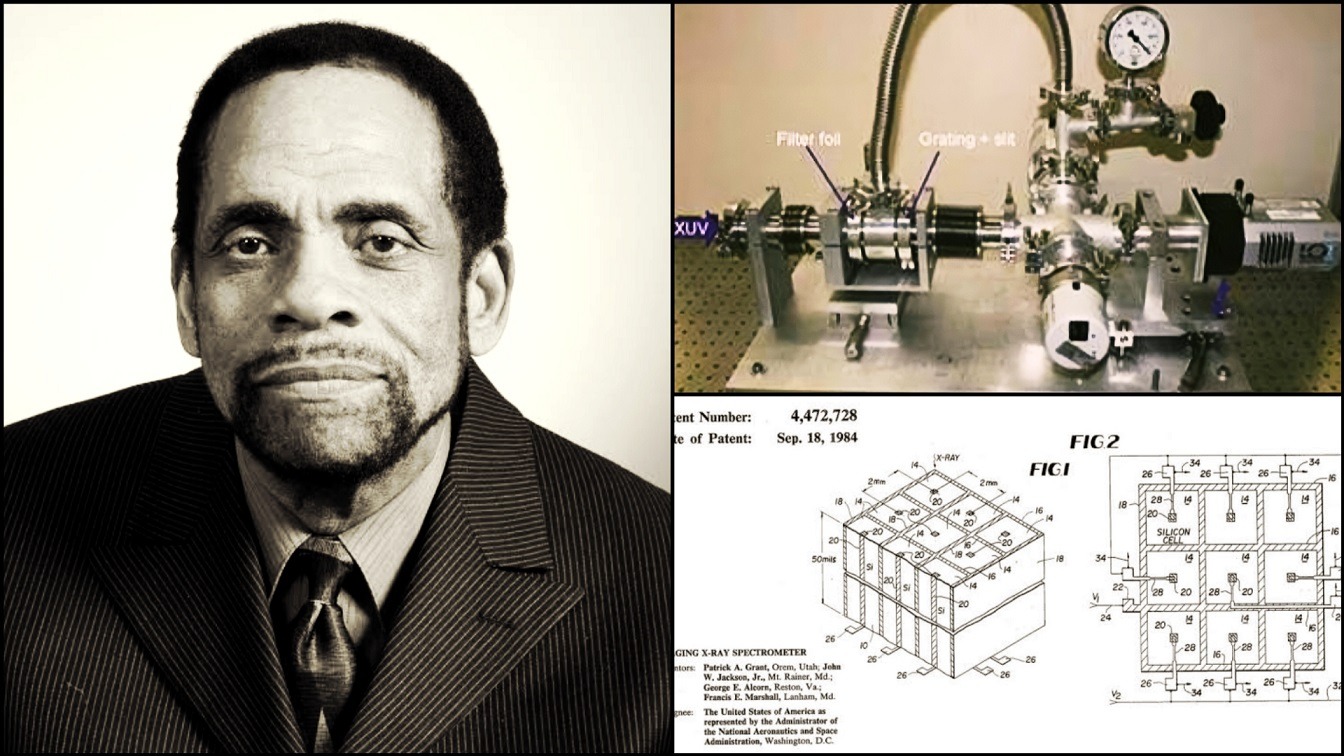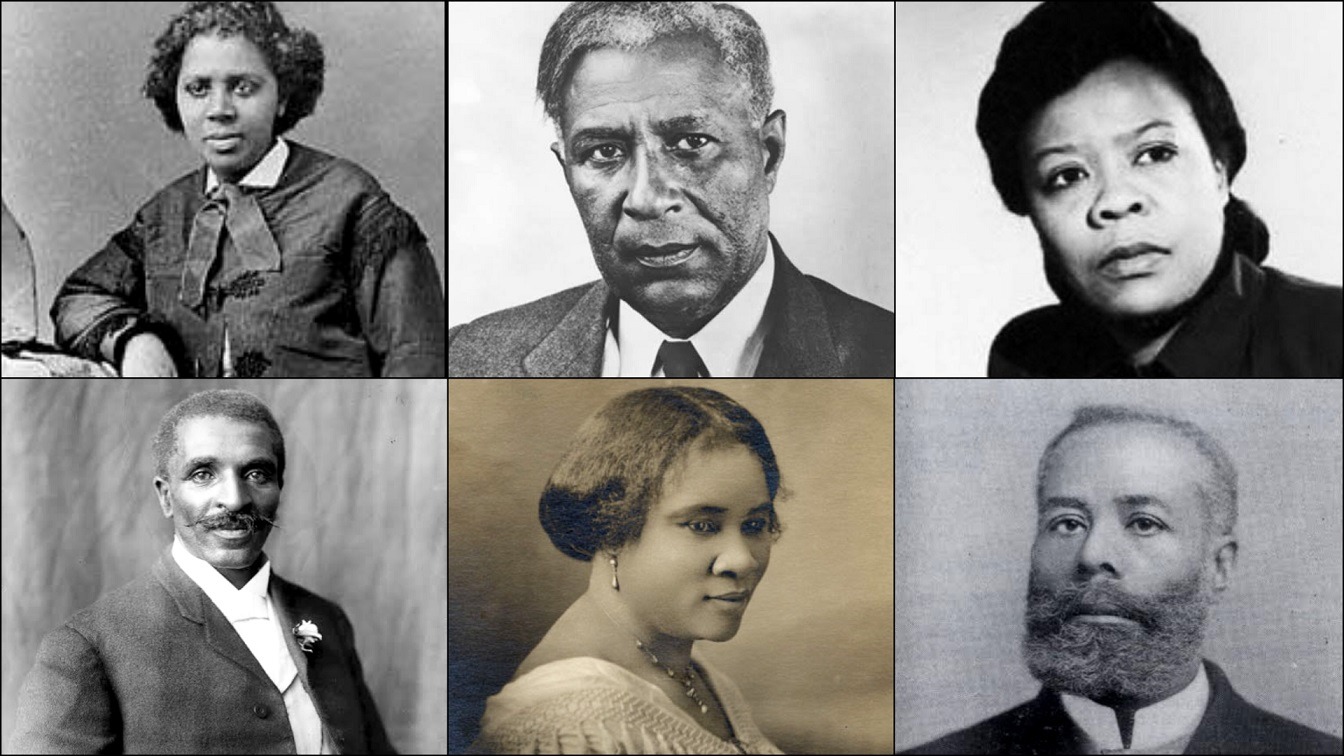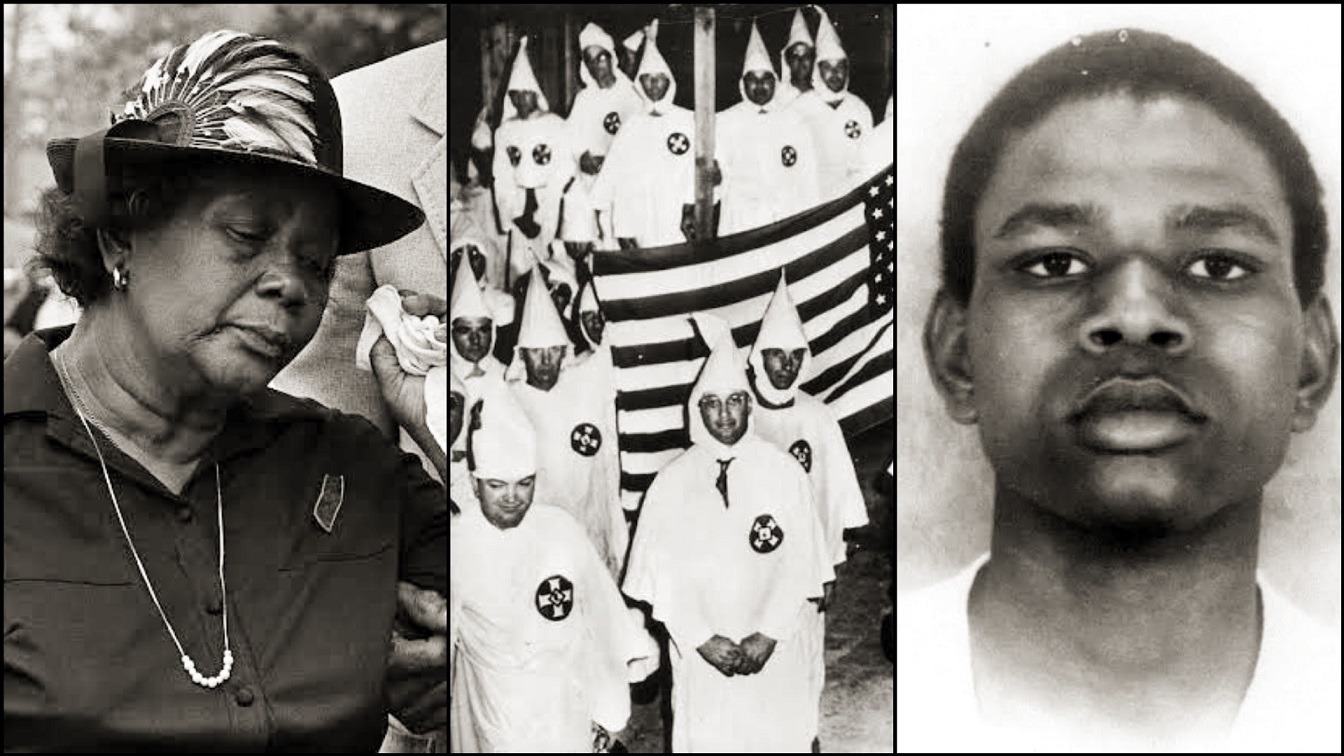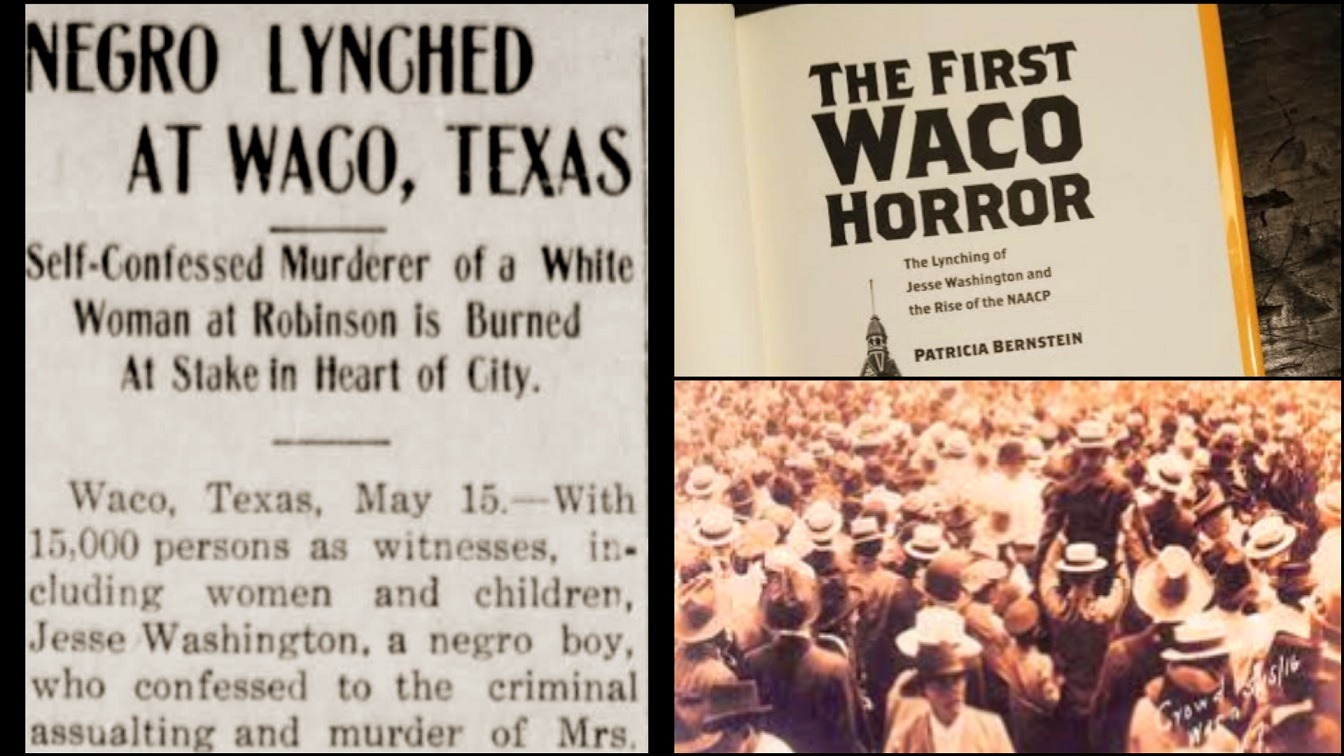Few inventors have as impressive a resume as George Edward Alcorn. Among his accomplishments are a B.A. in physics, a master’s degree in nuclear physics, and a Ph.D. in atomic and molecular physics. Alcorn also worked for Philco-Ford, Perkin-Elmer, IBM, and NASA, created over 20 different inventions, and was granted eight patents.
Despite his impressive credentials, Alcorn is best known for inventing the imaging x-ray spectrometer, a device that helps scientists better understand what materials are made of when they can’t be broken down. Alcorn’s inclusion of aluminum thermomigration in the spectrometer, which received a patent in 1984, was regarded as a significant innovation by experts in the field. Alcorn received the NASA Inventor of the Year Award as a result of his invention.
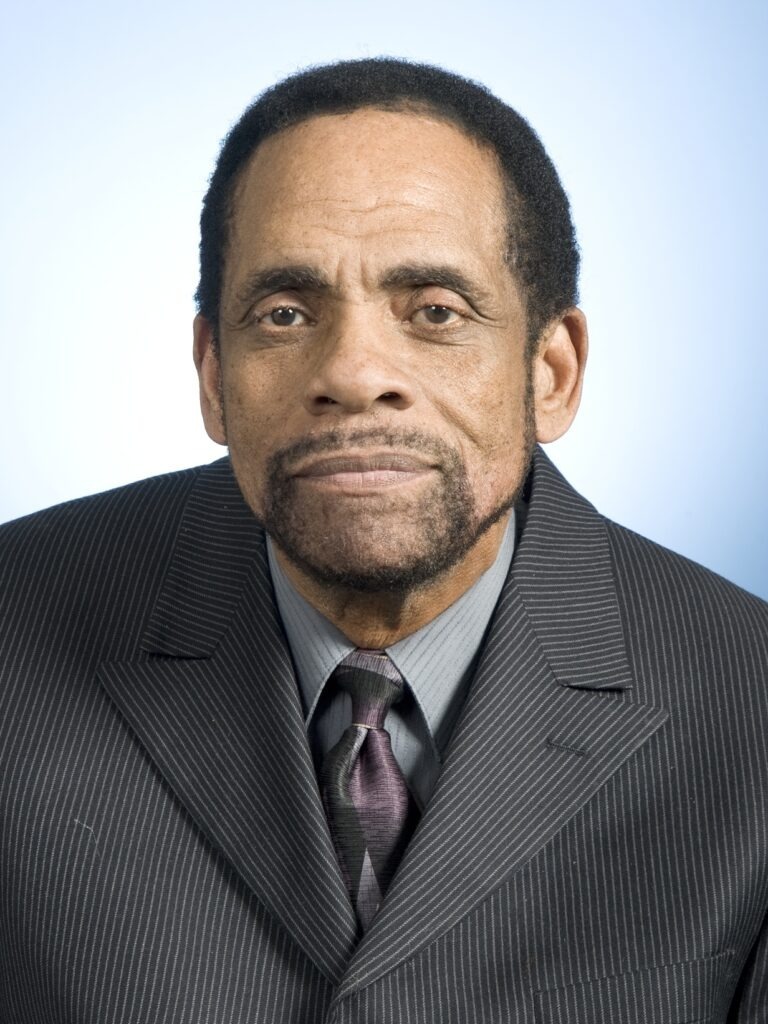
And that wasn’t George Edward Alcorn’s only honor. He received a NASA medal for his efforts in recruiting minority scientists and engineers, as well as the prestigious Technology Leadership Award from Government Executives Magazine for the Airborne Lidar Topographical Mapping System. In addition, Alcorn received special congressional recognition in 2001 for his efforts in assisting Virgin Islands businesses through the use of NASA technology and technology programs.
George Alcorn’s work as an educator is also noteworthy. He taught electrical engineering courses at both Howard University and the University of the District of Columbia. He was also an organizer and mentor for the Myerhoff Program at the University of Maryland, Baltimore County (UMBC), which works to promote minority Ph.Ds in science and mathematics.
George Alcorn’s Life And Story
George Edward Alcorn, Jr. was born to George and Arletta Dixon Alcorn on March 22, 1940. His father was an auto mechanic who worked hard to ensure Alcorn and his brother received an education. Alcorn attended Occidental College in Pasadena, California, where he earned eight letters in baseball and football while maintaining an excellent academic record.
Alcorn earned a B.A. in physics in 1962 and a master’s degree in nuclear physics from Howard University in 1963. During the summers of 1962 and 1963, Alcorn worked as a research engineer for North American Rockwell’s Space Division, computing missile trajectories and orbital mechanics. During the summers of 1965 and 1966, Alcorn’s research on negative ion formation was supported by a NASA grant. He received his doctorate in atomic and molecular physics from Howard University in 1967.
Alcorn worked in the industry for twelve years after receiving his Ph.D. He worked as a senior scientist at Philco-Ford, a senior physicist at Perker-Elmer, and an advisory engineer at IBM. Alcorn was appointed as an IBM Visiting Professor in Electrical Engineering at Howard University in 1973, and he has remained there ever since, rising to the rank of full professor. Alcorn is also a full professor at the University of the District of Columbia’s Department of Electrical Engineering, where he has taught courses ranging from advanced engineering mathematics to microelectronics.
In 1978, Alcorn left IBM, where he was a Second Plateau Inventor, to join NASA. Alcorn invented an imaging x-ray spectrometer using thermomigration of aluminum while at NASA, for which he received a patent in 1984, and two years later he devised an improved method of fabrication using laser drilling. His imaging x-ray spectrometer work earned him the NASA/GSFC Inventor of the Year Award in 1984.
During this time, he was also the deputy project manager for advanced development, where he was in charge of developing new technologies for the space station Freedom. From 1990 to 1992, Alcorn was the manager for advanced programs at NASA/GSFC, where his primary responsibilities included managing technology programs and evaluating technologies required by GSFC. He also oversaw the GSFC Evolution Program, which was in charge of ensuring that the space station develops properly over its 30-year mission while incorporating new capabilities.
Alcorn has been the director of Goddard’s Office of Commercial Programs since 1992, supervising programs for technology transfer, small business innovation research, and commercial use of space programs. In 1994, he oversaw a shuttle flight experiment involving Robot Operated Material Processing Systems, or ROMPs. The experiment involved the creation of materials in space’s microgravity.
Alcorn received the prestigious Government Executive Magazine’s—- Government Technology Leadership Award in 1999 (there were only two awards in all of NASA’s ten centers that year) for the development and commercialization of — THE AIRBORNE LIDAR TOPOGRAPHICAL MAPPING SYSTEM (ALTMS). Dr. Alcorn was recognized by Congresswoman Donna M. Christian-Christensen (D-VI) in 2001 for his efforts in assisting Virgin Islands businesses through the application of NASA technology and knowledge of technology programs.
Dr. Alcorn was the Goddard Space Flight Center’s Chief of the Office of Commercial Programs until recently. He was appointed Assistant Director for Standards and Excellence in the Applied Engineering and Technology Directorate in 2005.
George Edward Alcorn, Jr. is the inventor of several inventions that are now widely used in the semiconductor industry. He is perhaps best known for inventing an imaging x-ray spectrometer that uses aluminum thermomigration, which earned him the National Aeronautics and Space Administration (NASA) and the Goddard Space Flight Center’s 1984 Inventor of the Year Award (GSFC).
Alcorn has more than 20 patents. Some have been patented, while others have been made public. He is regarded as a pioneer in the fabrication of plasma semiconductor devices, and his patent “Process for Controlling the Slope of a Via Hole” made significant contributions to the plasma etching process. Many semiconductor manufacturing companies now use this procedure. Alcorn was one of the first scientists to present a computer-modeling solution for wet etched and plasma etched structures, and he has won several cash prizes for his plasma-processing inventions.
Alcorn has volunteered extensively in the community. He received a NASA-EEO medal in 1984 for his efforts in recruiting minority and female scientists and engineers, as well as his assistance to minority businesses in establishing research programs. He founded Saturday Academy, a weekend honors program designed to supplement and extend math and science education for inner-city students in grades six through eight. Alcorn also collaborates with the Meyerhoff Foundation, which was founded by Freeman Hrabowski to encourage and support African American males pursuing doctorates in science and engineering. Howard University honored Alcorn in 1994 during its Heritage of Greatness awards ceremony. Alcorn was recognized as a Black Achiever in Science and Technology. In 1969, Alcorn married Marie DaVillier; they have one son, born in 1979. Charles Alcorn, Alcorn’s younger brother, works as a research physicist at IBM.
